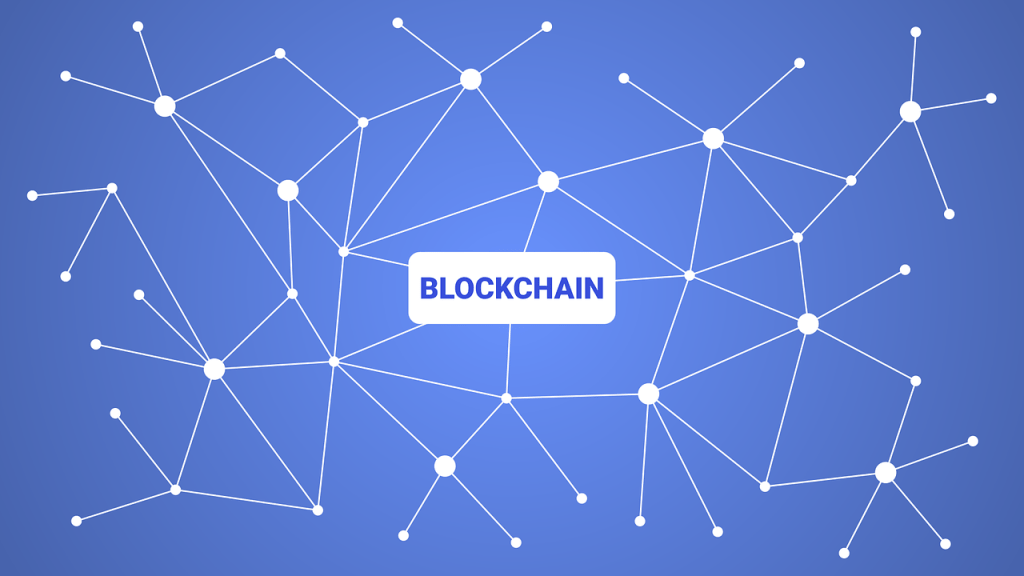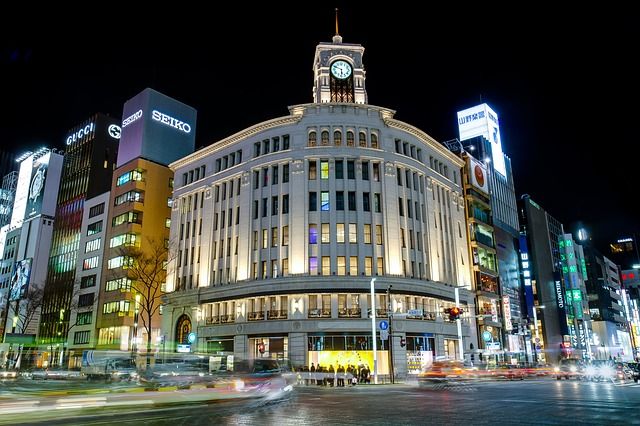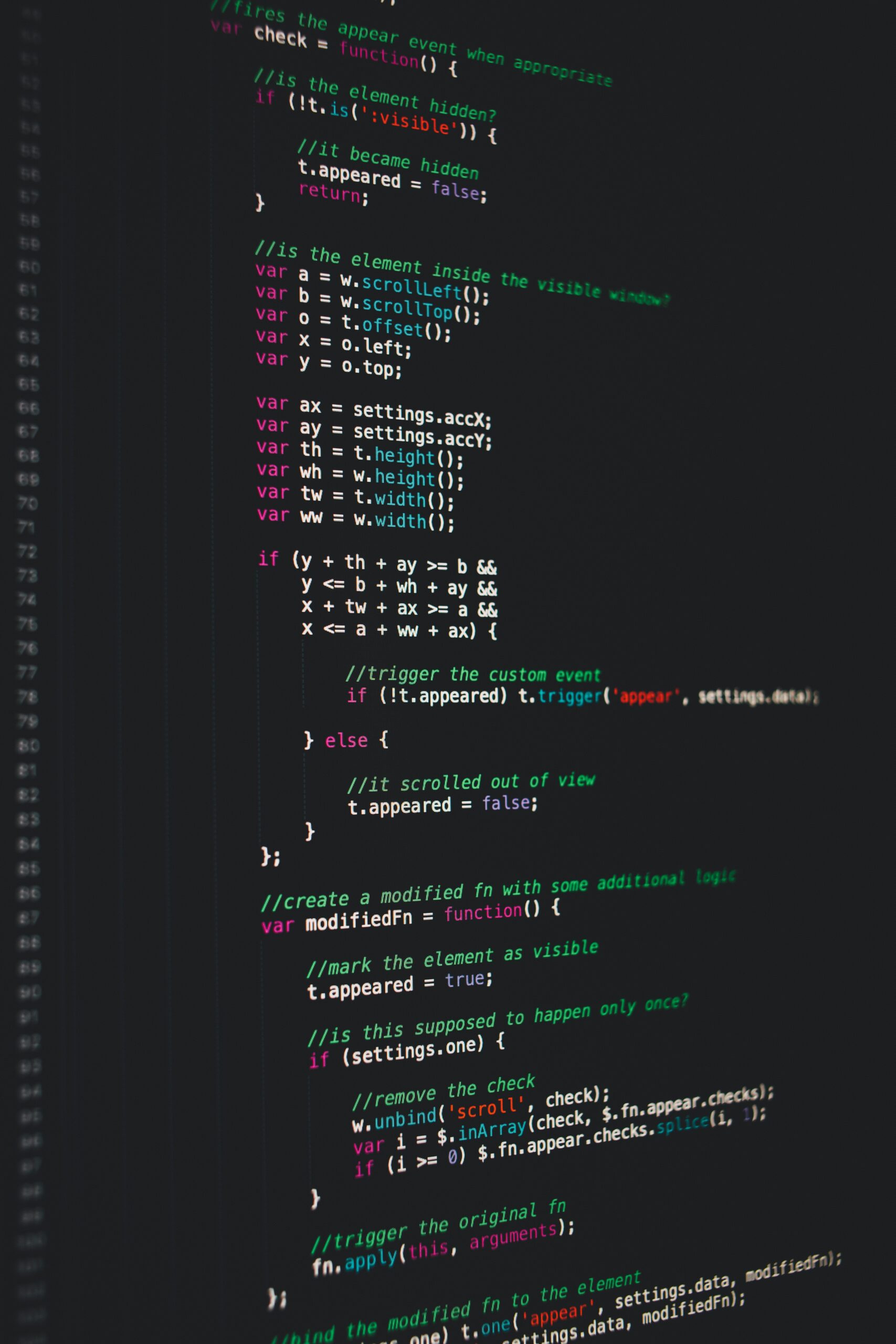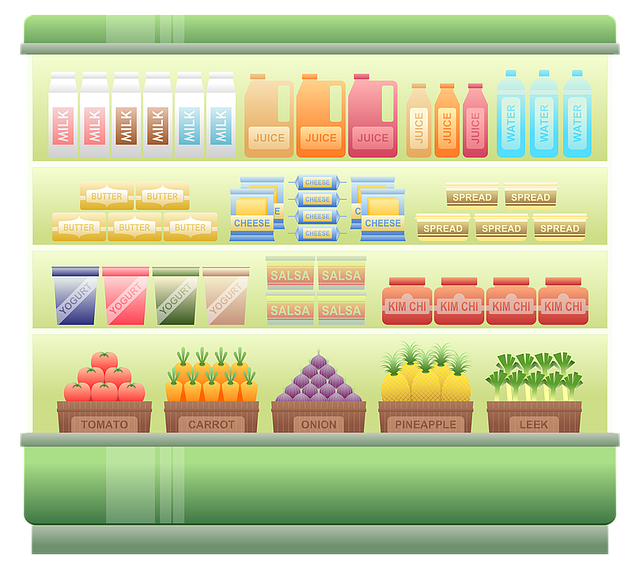
Rethinking CPG revenue growth management: A 21st century approach
CPGs in trouble
A quick scan of the business pages will tell any consumer goods executive something they already know: consumer goods companies are trading within a context that is new, different and challenging.
Top-line growth is slowing, competition is increasing and consumer habits are changing. Add to that the pressure on retailers around margins and sales and it all adds up to a new reality for CPGs where growth is at a premium.
CPGs looking for ways to address the challenges should rethink one of the best tools around: RGM (revenue growth management).
An integrated approach
No brand is an island and RGM can serve as the intersection between CPGs and retailers. Using the mature machine learning technology and advanced data analytics now available, CPGs have the option to build a modern RGM discipline.
In turn, this would allow them to stop looking at activities in isolation and take an integrated approach instead to continuously improve pricing, promotional activity, SKU mix and trading terms at a granular level by retailer or channel.
The size of the prize is huge. Consider promotions. At least 50% of current CPG promotions are loss making, because they just cannibalise other SKUs in the CPG’s portfolio, that’s a lot of wasted effort and an unsustainable future for the parties involved.
And consider the new channels CPGs are rapidly entering as they look for growth. In pharmacy, convenience formats, gas station forecourts and of course ecommerce, it’s even more important to manage pricing and RGM.
And consider the new growth opportunities. CPGs are rapidly entering alternative channels that offer promising returns, including pharmacy, convenience formats, gas station forecourts and of course ecommerce. In these channels, managing pricing and RGM is even more important because of their complex nature and yet-to-be-proven value add.
RGM offers a function is that is greater than the sum of its parts. A holistic approach to commercial levers achieves more than optimising around single levers alone. With integrated thinking, there is a good chance CPGs would significantly limit the cannibalisation effect of promotions across brand portfolios and help brands navigate new channels.
What’s holding CPGs back?
The question now facing CPGs is how to build the RGM discipline into their organisations and make it fit for purpose in the 21st century. A centralised and coordinated operating model is key and the answer to overcoming several of the inherent challenges.
At present, RGM is often a virtual capability where everyone in sales, marketing and finance has a bit part. Sales typically handles pricing and trade terms, for instance, while marketing determines the SKU mix. Trade marketing, as a subset of sales, controls promotion.
Such silos are unhelpful. If RGM is to become a proactive, decision-supporting and decision-driving capability that makes a genuine difference for CPGs and retailers, it should instead be a full-time and dedicated resource exhibiting joined-up thinking.
That said, it needs to be located somewhere and the question of internal ownership is always a thorny one.
On the basis of neutrality, ownership of RGM usually defaults to finance but that can lead to a function focused on control and after-the-fact audits only.
In our experience, it’s better to house RGM in sales where the action is. For that to work, it’s essential that sales, marketing and finance share the same metrics and goals and align on how to improve revenue results. Only then can RGM reach its full potential as a commercial function able to drive portfolio decisions.
Even then, there is still the tension between HQ and individual country markets to address. Is RGM a capability that should sit predominantly at HQ or vice versa? If so, what role does HQ have?
The answer here will depend on the business. For companies with global brands consistent across markets, it’s logical to take a command-and-control approach. But if the portfolio is mostly local brands with different positioning and SKU formats, it doesn’t make sense for HQ to lead.
Technology is another obstacle. Yes, you probably can make do using just spreadsheets but that won’t be scalable, sustainable or embed RGM as a ‘business-as-usual’ process. At the other extreme, ERP systems are heavy going and expensive.
It’s preferable to spend less on the tools themselves and more on the resources using them. The technology is only effective if teams have the right skills, reporting capabilities and decision rights.
How to create the CPG and Retail win-win
The final piece of the jigsaw is less of a practical issue and more of a mindset shift.
In the current trading environment, the traditionally antagonistic relationship between CPG and retailer is out of step. Instead, CPGs should view retailers differently and seek to understand and support the pressures they face.
By applying a retailer lens, there is a good opportunity to elevate that relationship from purely transactional to one that benefits both parties. Along with the integrated thinking of a modern-day RGM, CPGs will be well-positioned to tap into that hard-to-reach growth.
Contatos principais

James Walker
Partner

Marek Zdziech
Partner



